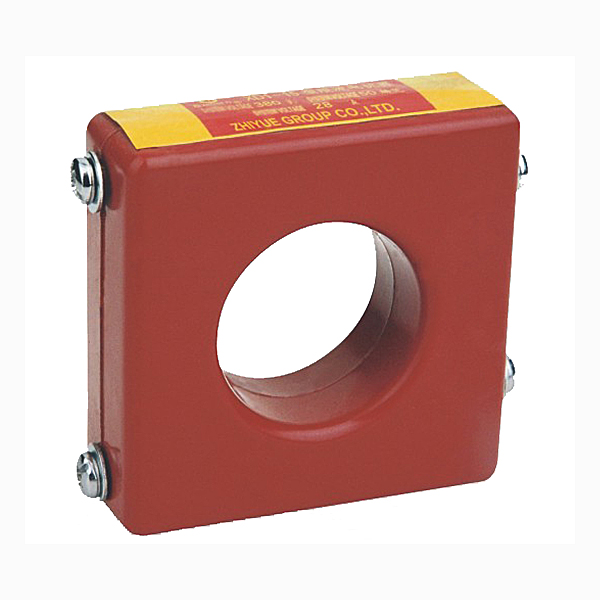Power systems often face issues like voltage fluctuations and harmonic interference, which can affect equipment stability. Many people wonder: What exactly do reactors do, and why are they necessary for reliable grid operation? This article answers these key questions with simple, fact-based explanations.
Reactors are not just "accessories" in power grids—they target specific, common issues that threaten grid performance. Here are the two main problems they address:
Power grids experience constant shifts in load (e.g., when factories start machinery or households use more electricity). These changes can cause sudden voltage drops or spikes, which damage sensitive equipment like transformers or capacitors. Reactors help by adjusting the flow of current: they slow down sudden current increases, preventing voltage from dropping too quickly, and reduce excess current during spikes, keeping voltage within safe limits. This ensures consistent power supply for all connected devices.
Modern electronic equipment (such as computers, inverters, and industrial motors) generates "harmonics"—unwanted electrical signals that distort the normal AC power waveform. Harmonics can overheat wires, shorten the life of capacitors, and even cause circuit breakers to trip unexpectedly. Reactors filter out these extra signals: they absorb harmonic currents, stopping them from spreading through the grid. This protects both the grid itself and the equipment connected to it.

Not all reactors are the same—their design depends on the specific grid needs. One widely used type is the dry-type iron-core reactor, which is well-suited for most industrial and commercial power systems.
Unlike oil-filled reactors (which require more maintenance and have fire risks), dry-type iron-core reactors use air for cooling. They are compact, easy to install, and perform reliably in normal indoor or outdoor environments (e.g., factories, commercial buildings, or residential grid substations). They also work well with other grid components, such as capacitors and controllers, to form a complete power compensation system—helping grids run more efficiently without extra maintenance hassle.
Reactors play a critical role in keeping power systems stable: they fix voltage issues, reduce harmful harmonics, and ensure equipment runs safely. Choosing the right type of reactor (like dry-type iron-core models) depends on the grid’s specific needs, but their core purpose remains the same—solving common problems that would otherwise disrupt power supply.
If you want to explore reactor solutions that fit your power system’s requirements, you can visit the product page to learn more about practical, grid-friendly reactor options designed for reliable performance.